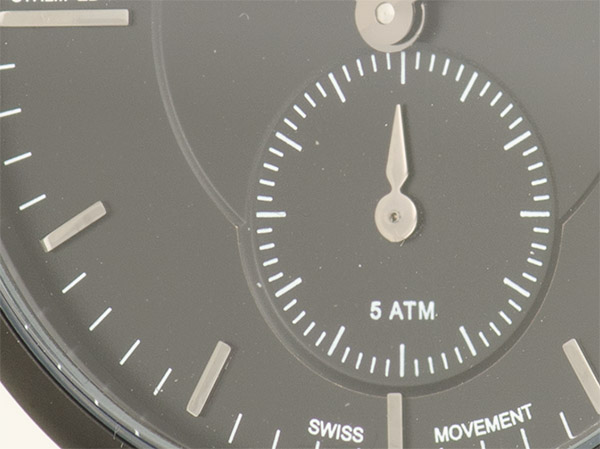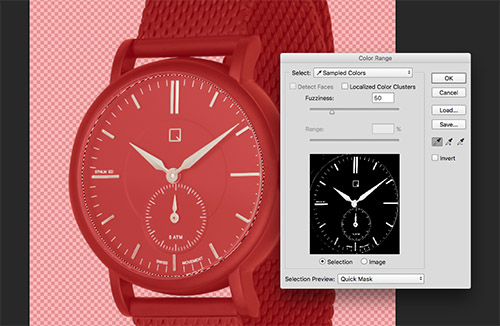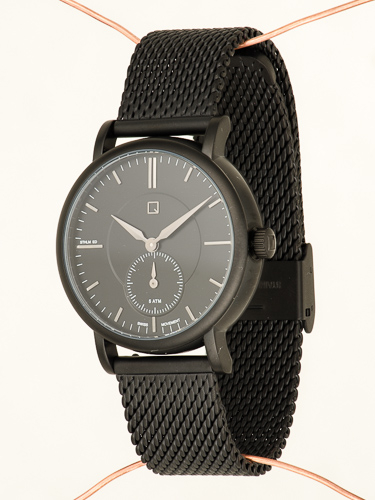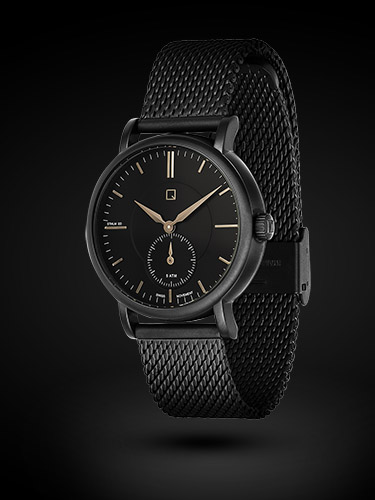Welcome back to part 2 in the series of watch photography post-production & retouching posts. We hope that you enjoyed our behind-the-scenes retouching Part 1 post – If you’ve not yet seen it, then why not have a read through & watch the video it before moving on to Part 2? This post continues looking at the post-production and editing of a luxury watch from Quinton Shaw.
All of the images covered in these blog posts were created to be incorporated into the product page on the manufacturers website. These images were also required to used to show the high quality of the construction of these watches.
Background
The client brief was to create clean and consistent images to be used on the product page on the manufacturers website for luxury watches. The concept was to combine three images allowing clients to seamlessly scroll between three images to give a much more accurate view of the product. This approach is very similar to producing 360 spins of the product and providing this level of customer interaction has proven to increase sales conversions when shopping online.
RETOUCHING
RAW image processing
The second image underwent the same RAW processing in Adobe Lightroom as shown in the first video. We’ve included it here again for completeness. In this stage, minor exposure and contrast adjustments are made to ensure that we have optimal images to continue retouching in Photoshop. The adjusted RAW files are exported as 16bit .tif files ready to be retouched in Photoshop. There is very little other work performed and the .tif files are used to carry out all of the retouching and create the final image.
Retouching in Photoshop
The basic workflow for retouching this image is to cut it out from the background before moving on to image retouching. The Pen tool is used for this operation and, once mastered, is extremely powerful as producing an accurate and consistent cut-out. If you’re looking for an easy to follow tutorial on using then Pen tool, then I would highly recommend this one from Aaron Nace at Phlearn.
Cleaning:
Once the watch has been cut out, the next step is to clean all dust and marks from the surface. Even though these watches were provided to us in protective packaging and were handled only using gloves there was still dust that need removing from the surface.
Much of this dust cannot be seen with the naked eye and accentuated by the lighting that is used to generate the clean gradients across the semi-reflective surfaces of the watch. Either way, it is essential that it is removed!
In this case, cleaning was mainly performed using the Healing Brush tool with a small amount of Clone Stamp tool too. There were a number of gaps between the metal links in the strap that showed the light background which also has to be removed using the Healing Brush tool.
The final section of cleaning was to remove the wires that were used to hold the watch in the correct position whilst shooting. This was achieved by copying similar sections of strap from nearby on to a new layer and transforming them using the Warp transform tool. The edges were adjusted and blended to match to the existing strap using the Clone Stamp Tool.

Contrast and Detail
With the cleaning completed, the remaining work was concentrated on highlighting the details on the face of the watch. Watch manufacturers go to a huge amount of trouble to refine tiny details on watches and it is the responsibility of the product photographer to ensure that these are captured and highlighted in the images that they create.
In this case, the face was lacking a little contrast as the glass is reflecting the strobes used to light the watch. We take time when shooting to ensure that these details are considered and that as much as possible is captured correctly in camera. Working in this way there is no reliance upon post production to fix and correct shooting errors, we just keep shooting until we get the best image we can. This also means that there is less time spent in post production! However, in this case the reduction in contrast was unavoidable. Therefore, we needed to boost the contrast using several Curves layers with layer masks to ensure that the changes are only applied to the face and features as required. Various Selection tools were used to create a clean selection that changed the area of detail that we wanted and on an image with simple colours as this one, the Color Select tool was very effective.

You can also watch the video on YouTube here and also subscribe to keep up to date with any future videos!
So there we have it… our full retouching workflow of the second watch image all the way through from RAW image to final image!
As you can see from the images below, other than the change of background and straightening the watch there are very few visible differences when the images are viewed at this size. This is because we worked hard to ensure that the image was created as much as possible in-camera… This is why we are primarily photographers and use retouching to add the finishing touches to images rather than relying on in to make up for deficiencies during shooting.


Final image:
Once again the edited final image was provided to the client without a background as requested. Therefore, we added a simple digital background that reflects and compliments the stylish simplicity of the design of the watch. The background is simply a plain coloured black background with a radial gradient behind the watch and another, slightly darker one beneath the watch. The drop shadow is simply a single brush stroke from a soft edged brush that has been reduced in height vertically – it’s simple, yet effective!

Part 3 coming soon!
If you enjoyed this we will be publishing the final part of this series soon. This will show the retouching of the final image which is a view of the rear engrave face of the watch.
Sharing is Caring!
We hope that you’ve found this post interesting and helpful in understanding that retouching in product and advertising photographs does not have to distort reality. It can be used to make small and relatively subtle changes that highlight and refine a product.
I’d love to hear your comments or views on any of the topics covered above so feel free to enter them down below!
